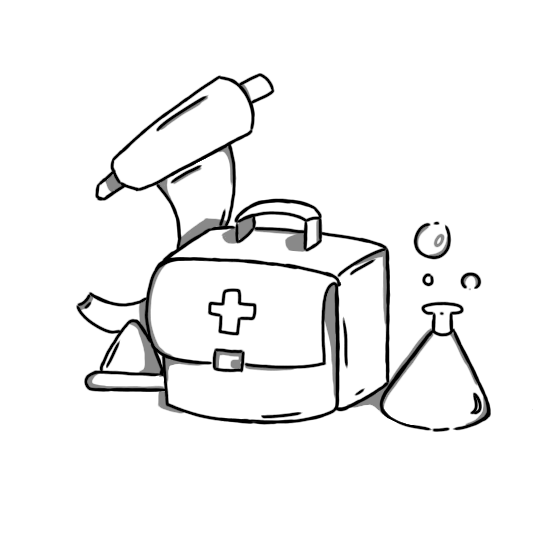The next time you walk into a bakery or grocery store, challenge yourself. Flip the tables, scrounge the candy aisles and bakery counters until you find one item that is completely safe for those with food allergies.
I’ll give you a hint: it’s not easy.
According to FARE (Food Allergy Research & Education), up to 15 million people in the United States have food allergies, of which eight types of foods have been recognized to cause 90 percent of all reported reactions: milk, eggs, peanuts, tree nuts, soy, wheat, fish and shellfish.
The majority of these items just so happen to be present in many bakeries, cafes and factory-made goods. Some may not necessarily contain these allergens, but their presence during manufacturing processes risks cross contamination, driving away potential customers with food allergies.
To this day, few self-declaring “allergen-friendly” brands are available at your everyday grocery stores. Those allergic to more common foods such as wheat or soy have limited options to what they can eat and expose themselves to.
Speaking as someone with allergies, it’s much like a treasure hunt to find, for example, a box of store made cookies or an energy bar where it seems like the makers of this particular product are not trying to kill you. Finding a brand of dark chocolate or a bakery that actually caters to your needs tends to create an immediate loyal customer. It’s an endless mission to see which businesses are smart enough to figure out there’s a sizable audience looking for a very specific demand. In the long run, creating processing facilities that don’t cross-contaminate ingredients will be worth it for the new customers that would be gained as a result.
Luckily, a step in the right direction has been made on one front. As gluten-free products become more in demand, familiar names such as Hershey’s, General Mills and a number of other companies have gotten behind the practice of either removing gluten as an ingredient in many products or labelling items that never contained gluten in the first place. And while wheat allergy and celiac disease are two very different situations, it brings up conversation and visibility to the concept of providing dietary alternatives to those originally restricted to specific food options.
Today, according to the University of Chicago Celiac Disease Center, more than 2,000 gluten-free food products are available in regular U.S. grocery stores, with the gluten-free foods market expecting to reach $6.6 billion by 2017, showcasing the obvious success this particular market has had with consumers. And even with the popularity of the gluten-free diet, celiac disease only affects about 1 percent of the American population. With the number of those with food allergies far exceeding those who cannot eat gluten, it’s a wonder why more allergen free products haven’t caught on in the same way.
Perhaps it’s because of all the noise “gluten-free” has generated. Besides those with celiac disease, there are those who have chosen the gluten-free fad diet, as well as those who dislike eating gluten for their own reasons. Whether you choose to not eat gluten, there was a large enough clamor that got the attention of those who could supply the demand. So, if the same noise was made for those with the common food allergies, we could match the gluten-free fad tenfold.











